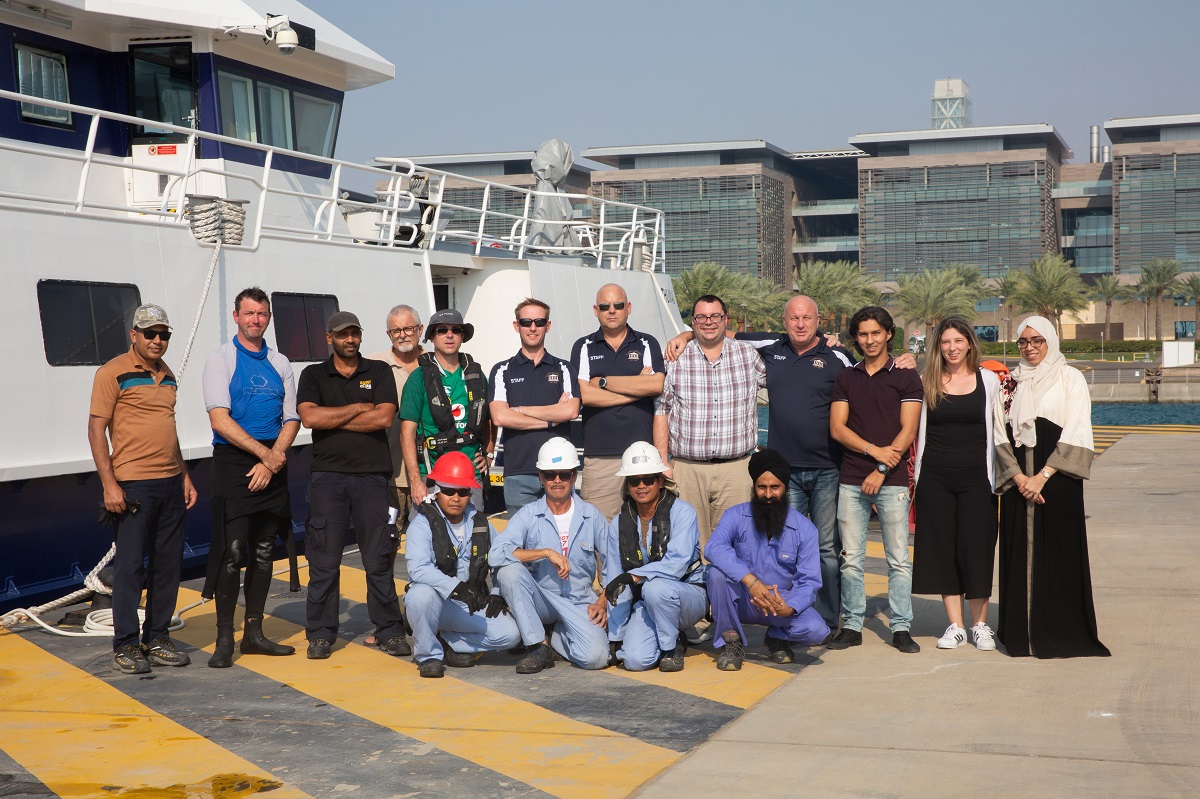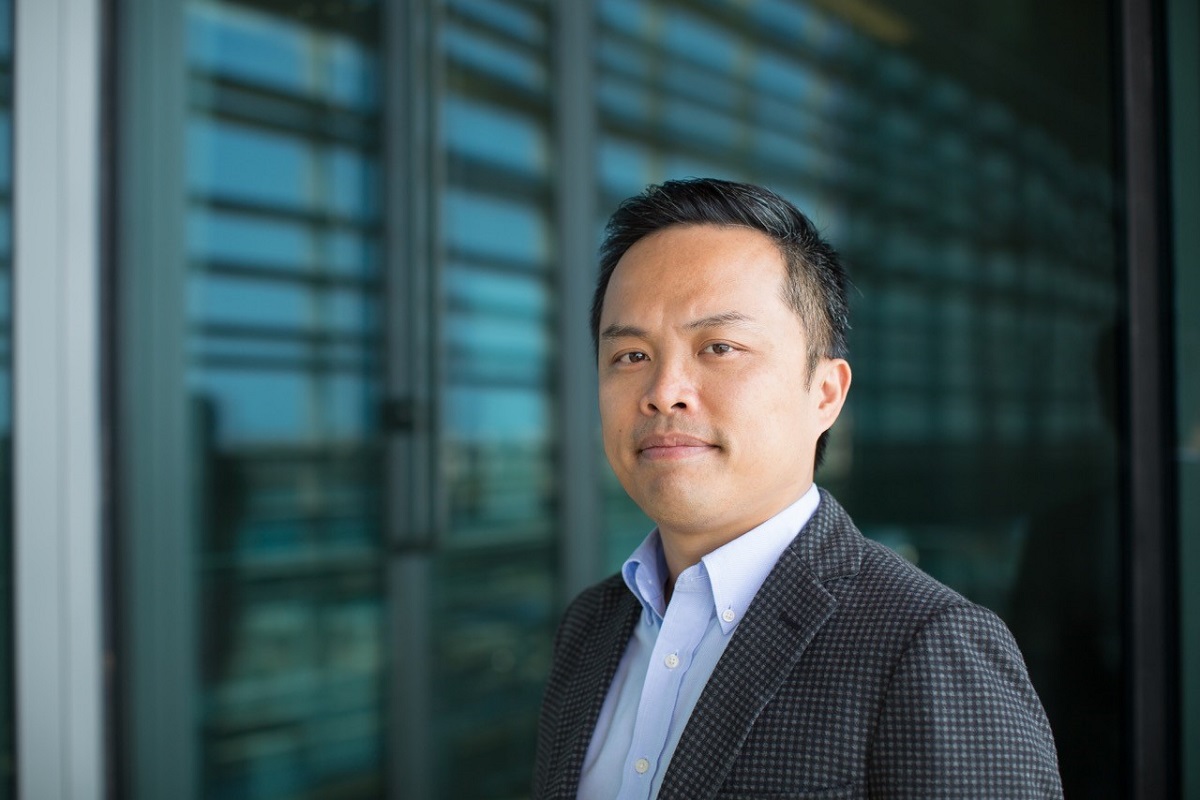Solutions through curiosity-driven
and goal-oriented research
The academic divisions and research centers support the University's research mission by bringing together faculty members, researchers and graduate students from across the disciplines. Together, they leverage the interconnectedness of science and engineering and develop interdisciplinary approaches to fundamental and goal-oriented problems.
Our core labs are centrally organized, shared-user facilities that provide direct access to specialized research equipment operated by expert staff with advanced degrees in science and engineering. Core labs staff partner with researchers to collaborate on projects, fulfill service requests and train users to operate independently.
KAUST Research
Research in Academic Divisions
Biological and Environmental Science and Engineering Division (BESE)
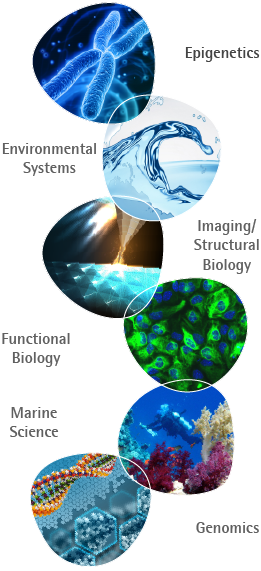
To accomplish its mission and establish a knowledge
and advanced technology platform, the BESE Division
organizes its research around six focal areas:
environmental systems; epigenetics; functional
biology; genomics; imaging/structural biology; and
marine science.
Researchers in BESE focus on topics relevant to the effects of the environment on organisms, the sustainable production of food, the use of high-salinity or poor-quality water, the optimization of energy used in the production of water and food, and the study and preservation of marine and coastal environments.
Research in the BESE Division is driven by independent faculty labs and two Research Centers with which Faculty can affiliate to perform applied, goal-oriented research. Centers affiliated with the Division include:
- Red Sea Research Center (RSRC)
- Water Desalination and Reuse Center (WDRC)
Computer, Electrical and Mathematical Science and Engineering Division (CEMSE)
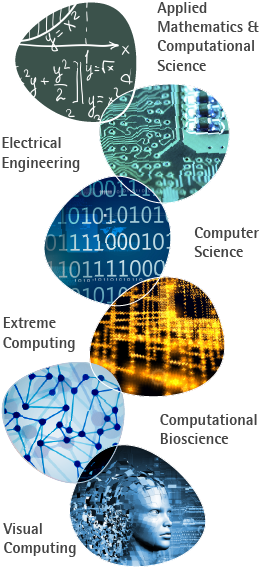
Research in the CEMSE Division clusters into four
main areas:
- Electrical engineering, including the development of communication networks; CMOS integrated circuits; electronic and optics/photonics devices; micro-electro-mechanical systems (MEMS); various types of sensors, measurement and detection devices; as well as functional- and nano-materials.
- Mathematical analysis, including modeling and simulations with applications to physical, chemical, biological and environmental processes; materials science; oil exploration and reservoir management.
- Computer science and big data, including
bioinformatics; and visual and extreme
computing.
- Statistics and data science, including climate
science, environmental statistics, and
biostatistics.
Research in the CEMSE Division is driven by
independent faculty labs and three Research Centers
with which Faculty can affiliate to perform applied,
goal-oriented research. Centers affiliated with the
Division include:
- Computational Bioscience Research Center (CBRC)
- Extreme Computing Research Center (ECRC)
- Visual Computing Center (VCC)
In addition, from time to time, the Division
undertakes special exploratory and collaborative
research initiatives, currently in Sensors and
Uncertainty Quantification.
Physical Science and Engineering Division (PSE)
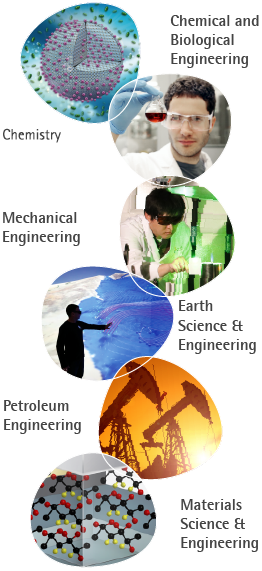
Research in the Division includes areas such as theoretical physics and physical chemistry; catalysis and bioengineering; polymers and composites; energy production, storage and conversion; water purification and environmental protection; novel materials, nanodevices and systems; sensors and smart devices for the detection of pollutants and the purification of air, water, and food; earth sciences, mechanics and geomechanics; oil exploration and recovery; and CO2 sequestration.
Research in the PSE Division is driven by independent faculty labs and five Research Centers with which Faculty can affiliate to perform applied, goal-oriented research. Centers affiliated with the Division include:
- Advanced Membranes and Porous Materials Research Center (AMPMC)
- Ali I. Al-Naimi Petroleum Engineering Research Center (ANPERC)
- Clean Combustion Research Center (CCRC)
- KAUST Catalysis Center (KCC)
- KAUST Solar Center (KSC)
Research Centers
Advanced Membranes and Porous Materials Center (AMPMC)
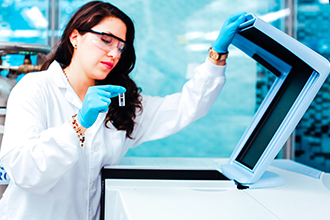
The Advanced Membranes and Porous Materials Center
(AMPMC) at KAUST develops novel materials and
cutting-edge process technologies that provide
solutions to challenges related to industrial
separations with a particular focus on energy and
water as well as environmental sustainability.
Researchers in AMPMC develop membranes and porous
materials for separations in the fields of natural
gas and petrochemicals, carbon capture, and the
production of potable as well as industrial
water.
Ali I. Al-Naimi Petroleum Engineering Research Center (ANPERC)
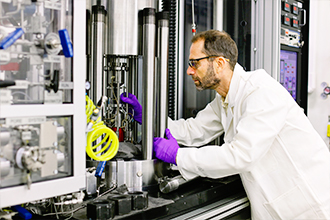
ANPERC produces fundamental multidisciplinary
research, disruptive technologies, and academic and
engineering talent to address the world's pressing
energy problems from a geo-engineering perspective.
Research at ANPERC focuses on developing methods for
increased hydrocarbon recovery with reduced
environmental and economic costs related to
reservoir access and production.
Center for Desert Agriculture (CDA)
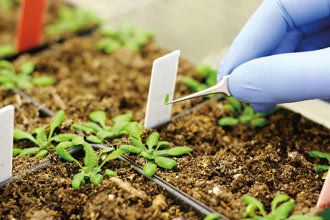
With harvest losses by drought, salt and heat
stresses amounting to approximately 60% of the
world's total agricultural productivity, researchers
in the Center for Desert Agriculture (CDA) seek to
find ways to improve the ability of plants to
withstand droughts and the hot and salty environment
of the desert. CDA researchers use genetic, genomic
and epigenetic approaches to engineer
stress-tolerant plants and apply their results
directly to crop plants in the field.
Clean Combustion Research Center (CCRC)
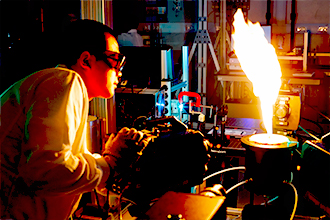
The challenges arising from the combustion of fossil
fuels, such as pollution, global warming and climate
change, are among the main concerns of researchers
at KAUST's Clean Combustion Research Center (CCRC).
The activities of the Center span both fundamental
and goal-oriented research in fuel formulation, fuel
diversity and the control of emissions from internal
combustion engines to turbines. CCRC utilizes both
experimental and computational tools to develop
predictive capabilities to design fuels that are
more efficient and less polluting. Projects include
the development of innovative combustion processes
with cleaner-burning fuels coupled to advanced
technologies for their sustainable use with emphasis
on ease of production, energy efficiency, and
abatement of airborne pollution.
Computational Bioscience Research Center (CBRC)
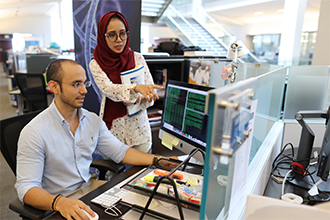
Research at KAUST's Computational Bioscience
Research Center (CBRC) encompasses computational
biology and bioinformatics with applications in the
life sciences. Researchers at CBRC develop
computationally driven methodologies, tools and
resources to speed up the process of biological
discovery. By developing methods to store, retrieve,
organize and analyze vast amounts of data, the
Center contributes to areas such as biotechnology
and food, medicine, safety, and environmental
protection.
Extreme Computing Research Center (ECRC)

The Extreme Computing Research Center (ECRC) creates
algorithms and develops software to harness the
exponentially increasing power of computer hardware
for predictive simulation and to understand and
exploit the deluge of digital scientific data
produced at KAUST and beyond. Researchers at ECRC
focus on computational simulation and developing
algorithms and applications for emerging computing
architectures.
KAUST Catalysis Center (KCC)
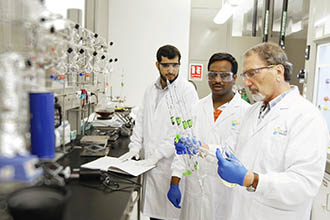
The KAUST Catalysis Center follows a
multi-disciplinary approach to catalytic
technologies. KCC develops new catalytic processes
across the chemical, petroleum and new energies
industries with the aim of increasing resource and
energy utilization while reducing waste and overall
environmental footprints.
KAUST Solar Center (KSC)
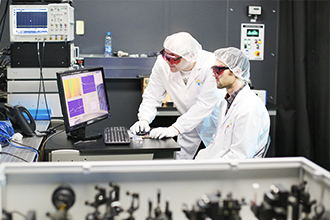
The KAUST Solar Center draws
together experts in materials science, chemistry and
physics to explore innovative solutions for the
harvesting and conversion of solar energy. KSC
researchers study the fundamental processes involved
in the conversion of photons into electricity and
exploit their findings to design and develop the
state-of-the-art materials used at the core of
energy-harvesting photovoltaic panels. In addition,
the Center is involved in research and development
studies aimed at minimizing the cost of photovoltaic
panels while optimizing their performance in the
sun-bathed but hot and dusty climatic conditions of
the deserts of the Arabian peninsula.
Red Sea Research Center (RSRC)
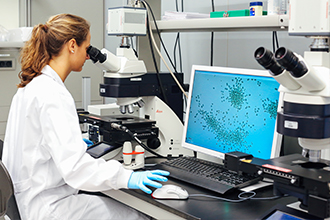
KAUST's Red Sea Research Center (RSRC) is developing
an integrated understanding of the various
ecosystems of the Red Sea. In particular, emphasis
is placed on coral reef ecosystems and their
oceanographic context. Efforts are directed at
gaining an understanding of the interplay between
physical, chemical, biological, and geological
factors as well as the stresses arising from natural
and anthropogenic causes such as overfishing,
coastal development, and global climate change. A
main goal of the RSRC is to develop methods to
sustain and conserve coral reef environments along
the coast of the Red Sea.
Visual Computing Center (VCC)
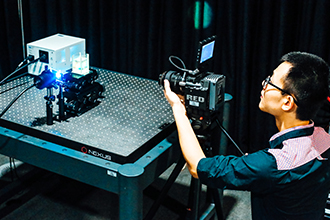
Researchers at KAUST's Visual Computing Center (VCC)
use multiscale modeling, multidimensional modeling
and simulation techniques to develop methods to
sense, model, simulate, process, understand and
visualize all forms of visual information. VCC
specifically develops novel applications for
computational imaging and display, image and video
understanding, geometric modeling and design,
physical simulation and measurement and scientific
visualization.
Water Desalination and Reuse Center (WDRC)
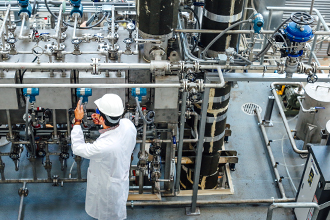
Fresh water supplies across the globe are decreasing
while, at the same time, production of potable water
in desert and drought-ridden regions is extremely
energy intensive. Researchers in the KAUST Water
Desalination and Reuse Center (WDRC) focus on the
development of new and optimized methods for
low-energy water desalination and water reuse. The
capabilities of WDRC extend from the laboratory
scale to larger pilots with a view to transition the
technologies to large-scale water production. While
much activity is centered on membrane-based
technologies, the goal of WDRC is to extend
knowledge to other scalable approaches such as those
involving the use of solar or waste heat as an
energy source.
Core Labs and Research Infrastructure
Analytical Chemistry Core Lab (ACL)
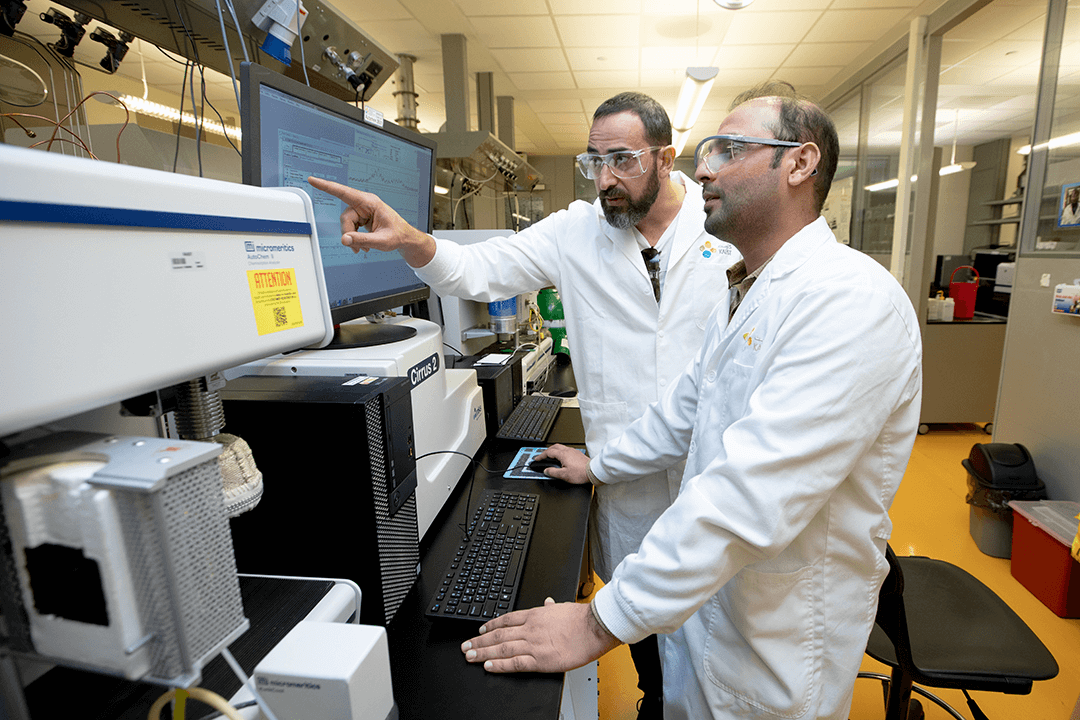
The Analytical Chemistry Core Lab houses a diverse
range of state-of-the-art instrumentation in a
1400-square-meter user facility. We specialize in
the analysis of inorganic and organic constituents
in most solid and liquid materials. In addition, we
have the capabilities to characterize thermal,
mechanical, optical, and electrical properties of
materials.
Animal Resources Core Lab (ARCL)
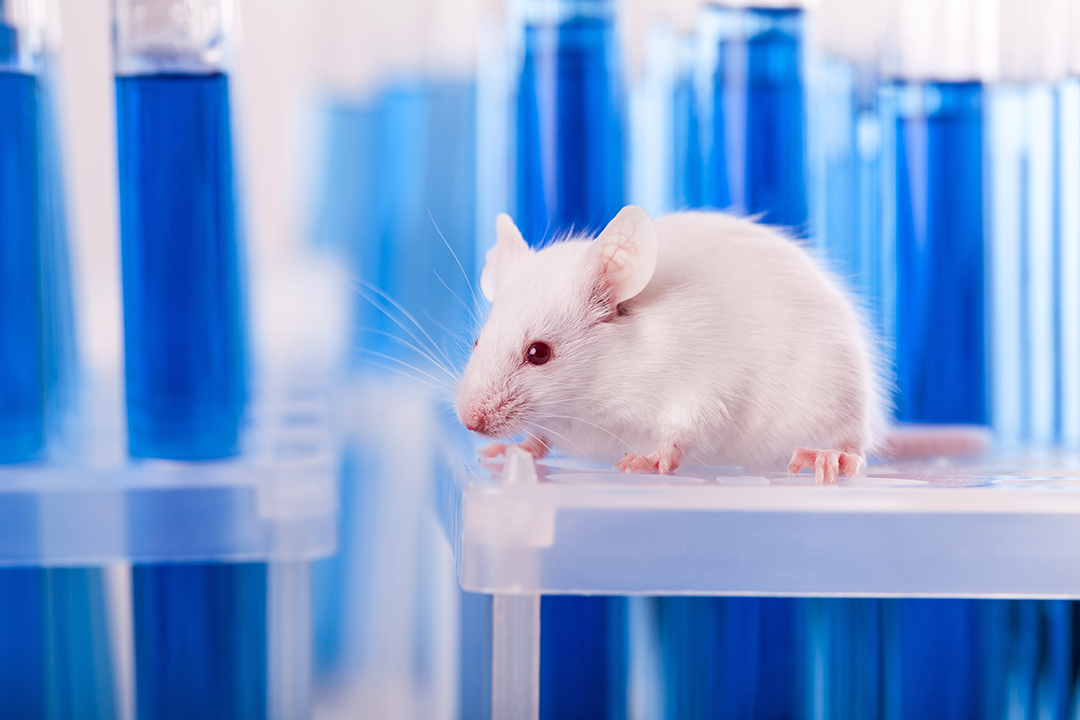
The Animal Resources Core Lab provides support for
conducting biomedical research on mice. The lab
follows internationally recognized animal welfare
standards, as described in the Guide for the
Care and Use of Laboratory Animals published by
the US National Research Council in 2011.
Bioscience Core Lab (BCL)
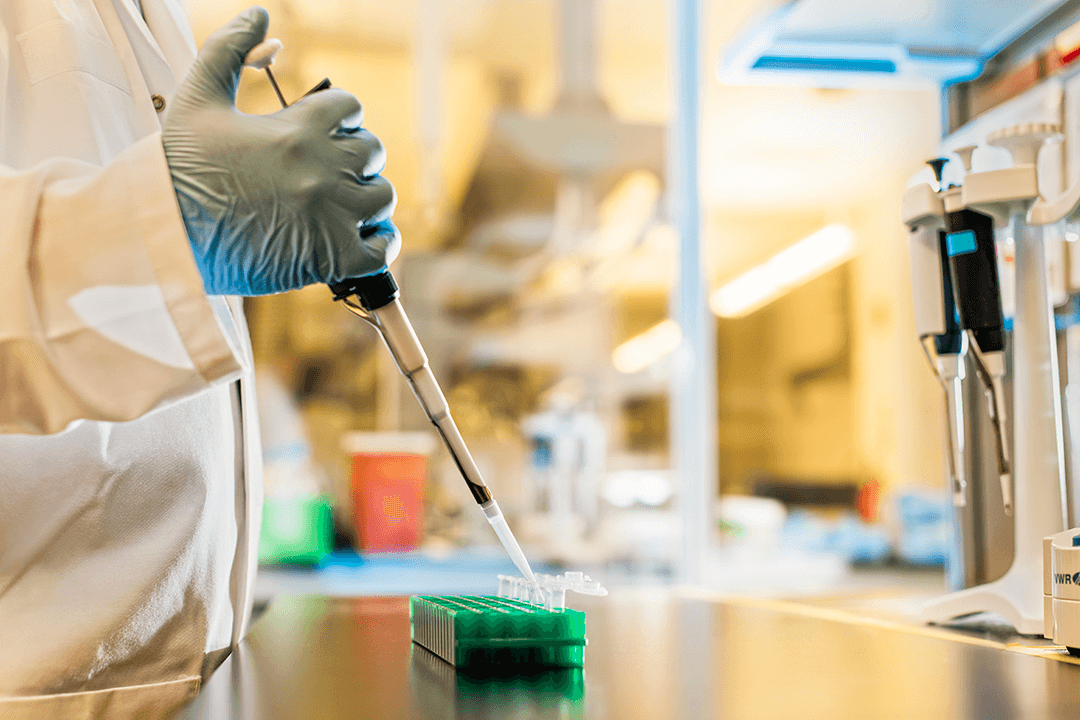
The Bioscience Core Lab provides a state-of-the-art
facility to support genomic and proteomic studies.
We offer expertise ranging from project planning,
experimental design, sample preparation,
instrumentation, sequencing / mass spectrometry
analysis, and downstream data analysis.
Coastal and Marine Resources Core Lab (CMR)
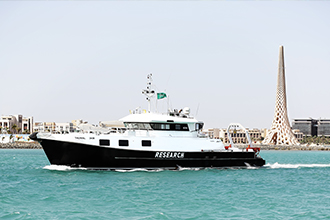
The Coastal and Marine Resources Core Lab is a
complete marine station specializing in marine
operations, oceanographic instrumentation, and wet
lab experimentation. It operates a fleet of boats
and Saudi Arabia's first fully-equipped research
vessel, the RV Thuwal.
Imaging and Characterization Core Lab (IAC)
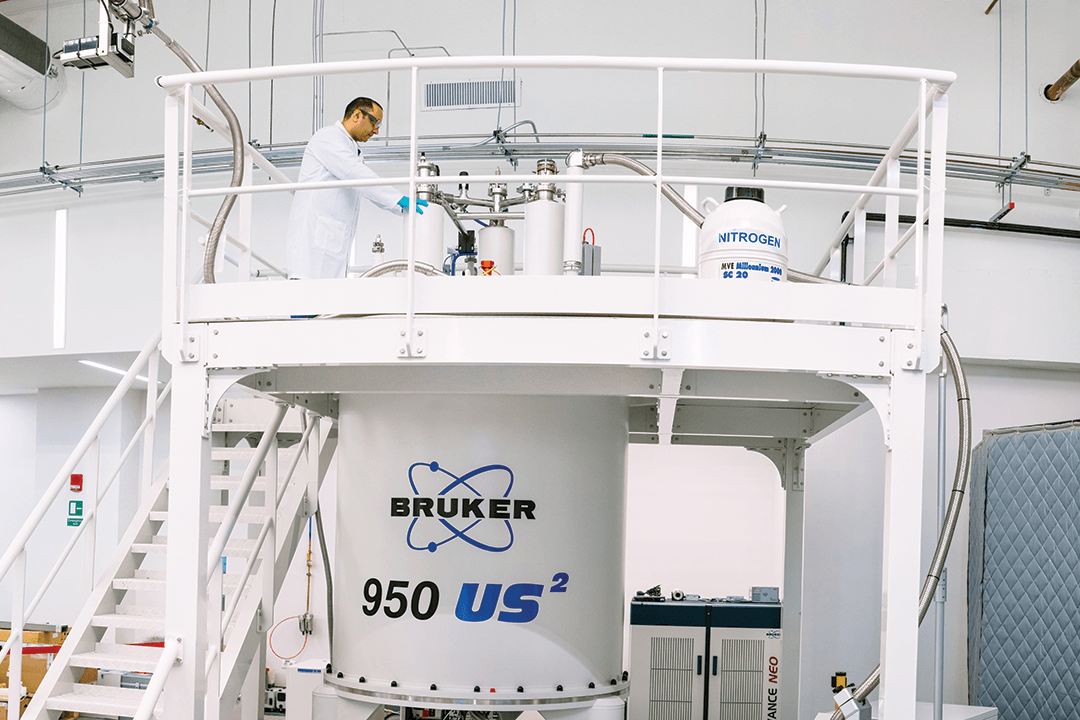
The Imaging and Characterization Core Lab houses
state-of-the-art technologies in the disciplines of
electron microscopy, nuclear magnetic resonance,
physical characterization, surface science, and
optical microscopy.
Lab Equipment Maintenance Core Lab (LEM)
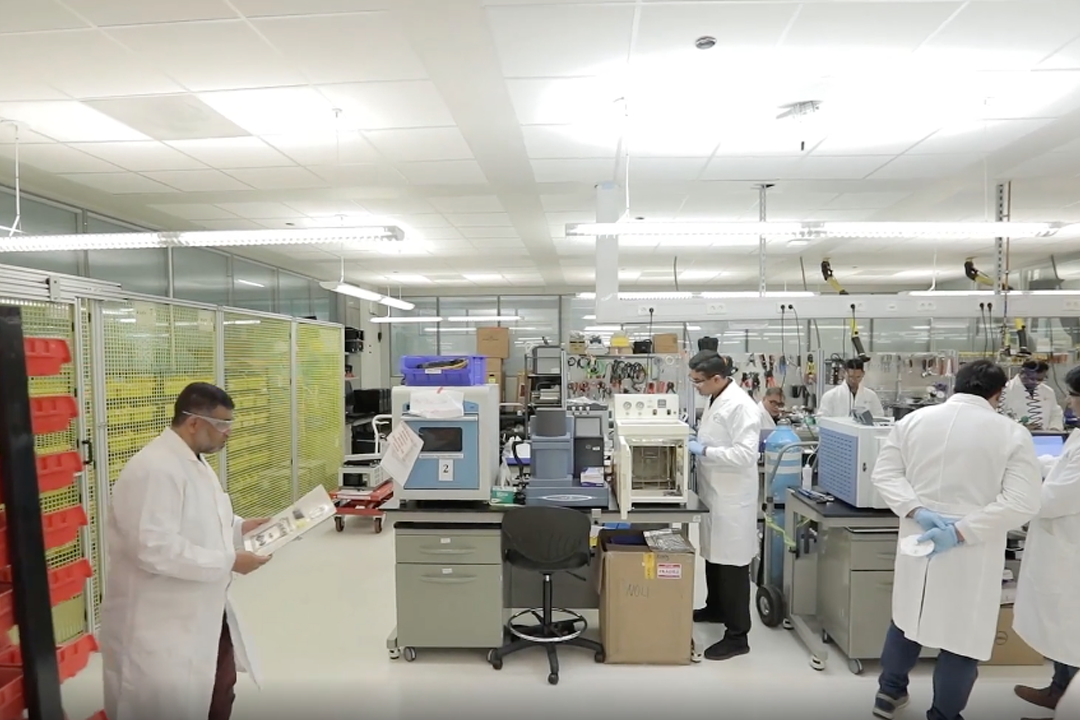
The Lab Equipment Maintenance Core Lab (LEM)
partners with the research community at King
Abdullah University of Science and Technology to
deliver expert technical support and maintenance of
critical research instrumentation.
Nanofabrication Core Lab (NCL)
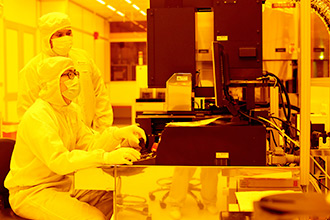
The Nanofabrication Core Lab providing expertise in
the fabrication and characterization of micro- and
nano-scale devices. To maintain the level of
cleanliness required by the cleanroom operations
related to fabrication of such a small-scale
structures, the requirements of specific standard
ISO 14644 are strictly observed and enforced,
special attention being directed toward actions to
avoid/minimize contamination.
Plant Growth Core Lab (PG)
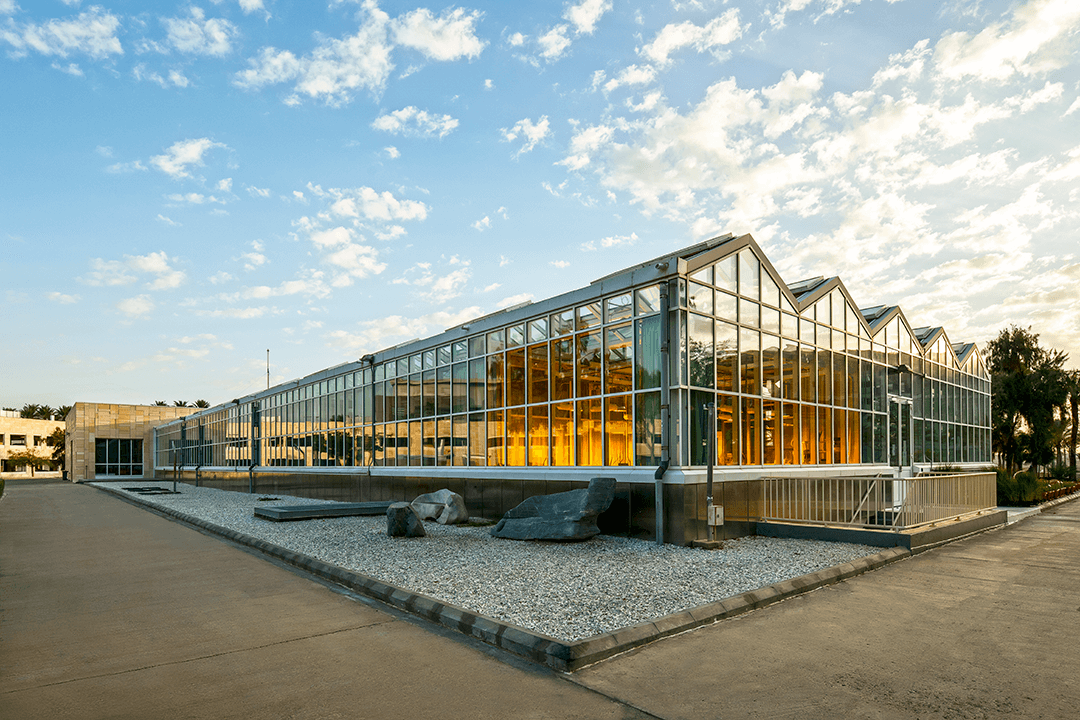
The Plant Growth Core Lab is a research-driven
facility operating at the forefront of agricultural
innovation, dedicated to plant and agricultural
based studies, including transgenic research. Our
mission is to support food and water research in
KAUST and in the Kingdom.
Prototyping and Product Development Core Lab (PCL)
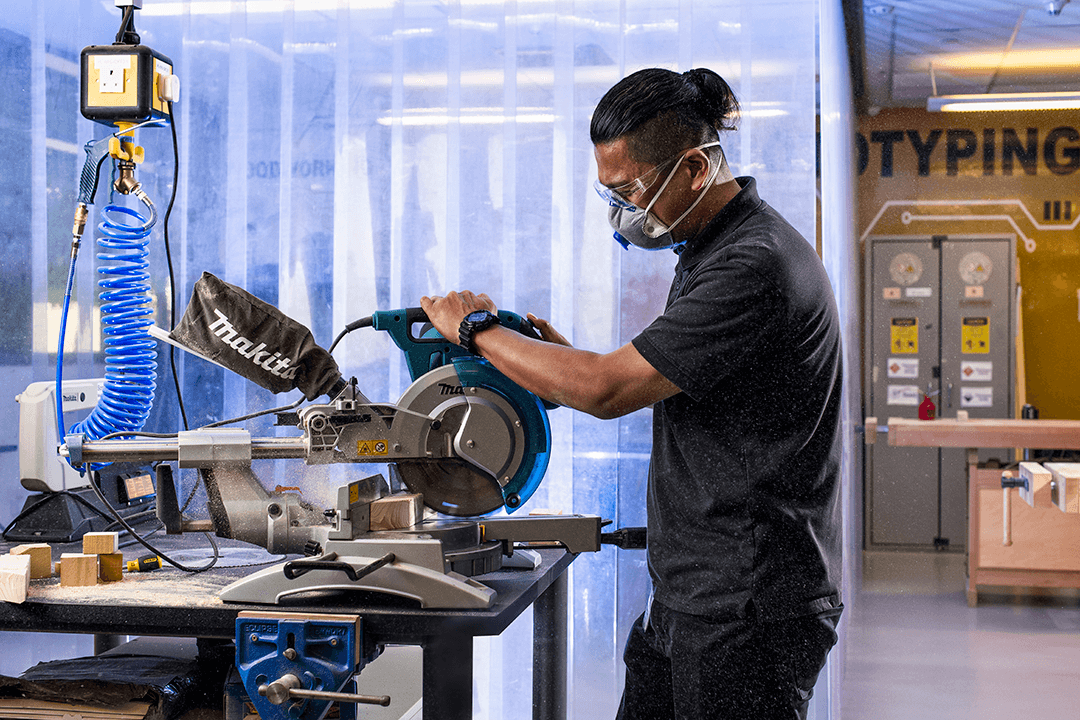
The Prototyping and Product Development Core Lab
provides well-equipped spaces to support fabrication
projects ranging from micro sized to complex product
development. We offer mentorship, apprenticeship,
training and full service expertise in computer
aided design and reverse engineering, rapid
prototyping, electronics, machining, CNC computer
aided programming, scientific glassblowing, welding,
woodworking and more.
Radiation Labeling Core Lab (RLCL)

The Radiation Labeling Core Laboratory (RLCL) is
KAUST’s sole facility to support scientific
experiments involving unsealed nuclear substances.
It conforms to radiation protection regulations of
the Kingdom of Saudi Arabia and observes IAEA
guidelines, adhering to international standards of
radiation safety. In addition, RLCL is Biosafety
Level 2 (BSL2) compliant.
Supercomputing Core Lab (KSL)
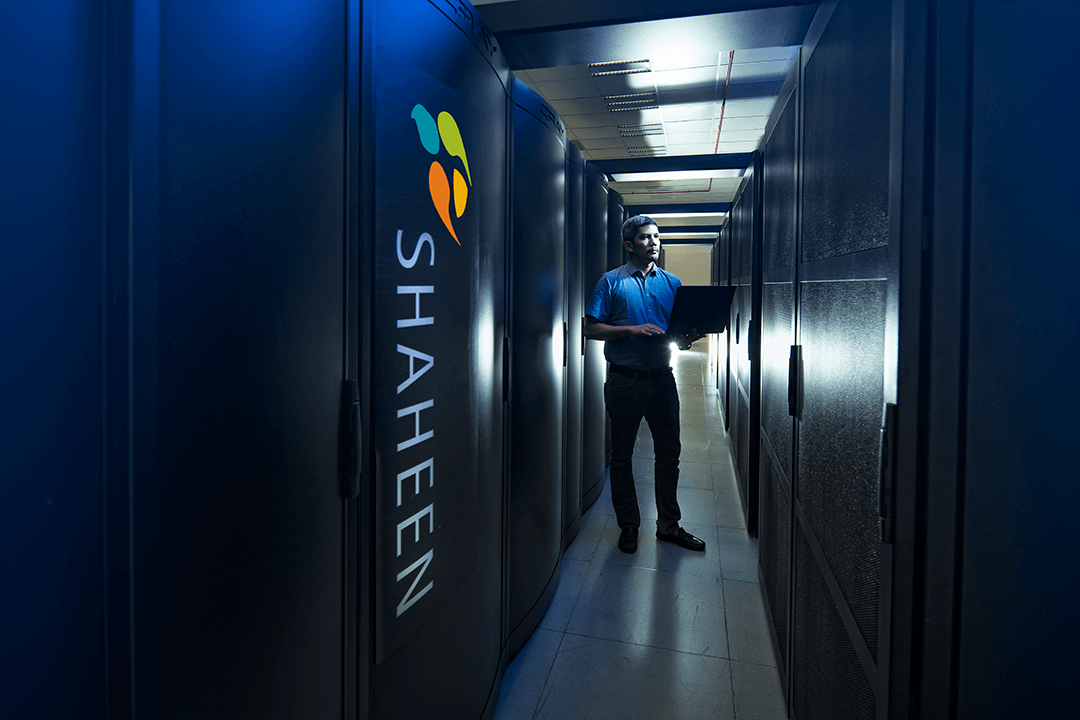
The
Supercomputing Core Lab proudly boasts the region's
top performing supercomputer, the Shaheen II Cray
XC40. We also house computing clusters for
computationally-based scientific and engineering
research.
Visualization Core Lab (KVL)
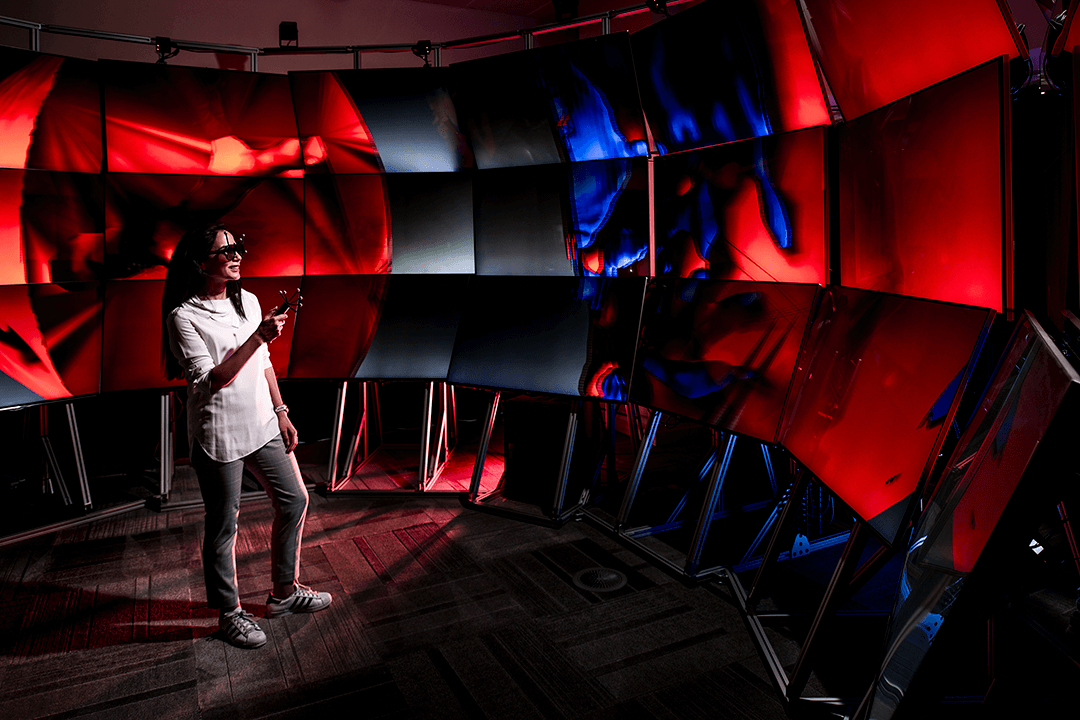
The Visualization Core Lab advances the KAUST mission
by providing cutting-edge visualization and data
science services. We collaborate with domain
researchers to accelerate discoveries through
large-data visualization, machine learning, and data
science. We also support the needs of KAUST and
in-Kingdom entities by providing access to, and
training on state-of-the-art visualization hardware
and software for scientific discovery.


